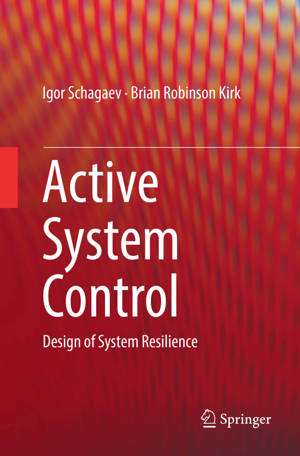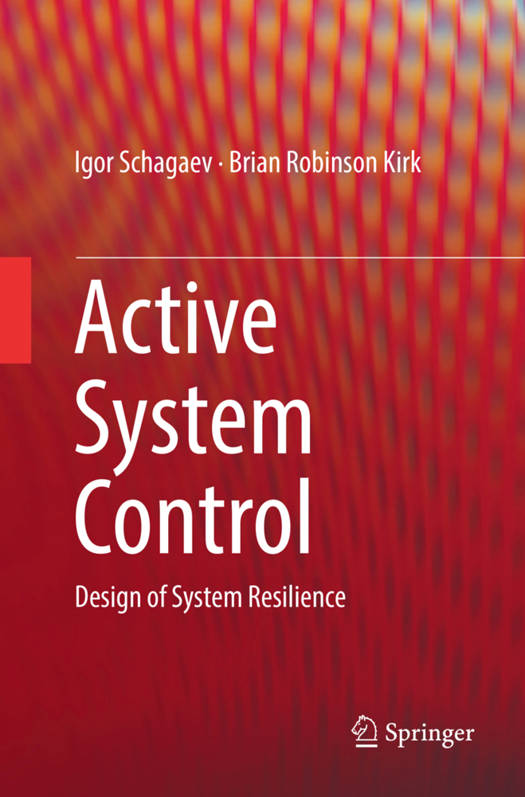
- Afhalen na 1 uur in een winkel met voorraad
- Gratis thuislevering in België vanaf € 30
- Ruim aanbod met 7 miljoen producten
- Afhalen na 1 uur in een winkel met voorraad
- Gratis thuislevering in België vanaf € 30
- Ruim aanbod met 7 miljoen producten
Zoeken
Active System Control
Design of System Resilience
Igor Schagaev, Brian Robinson Kirk
Paperback | Engels
€ 137,45
+ 274 punten
Uitvoering
Omschrijving
Presents the rationale for, and theory of, redundancy, presented for easy application in system design
Describes the role of activeness in system design in terms of what is needed to making systems efficient
Estimates the benefit of using a new approach of active system control system
Specificaties
Betrokkenen
- Auteur(s):
- Uitgeverij:
Inhoud
- Aantal bladzijden:
- 295
- Taal:
- Engels
Eigenschappen
- Productcode (EAN):
- 9783319835921
- Verschijningsdatum:
- 17/05/2018
- Uitvoering:
- Paperback
- Formaat:
- Trade paperback (VS)
- Afmetingen:
- 155 mm x 231 mm
- Gewicht:
- 453 g

Alleen bij Standaard Boekhandel
+ 274 punten op je klantenkaart van Standaard Boekhandel
Beoordelingen
We publiceren alleen reviews die voldoen aan de voorwaarden voor reviews. Bekijk onze voorwaarden voor reviews.











